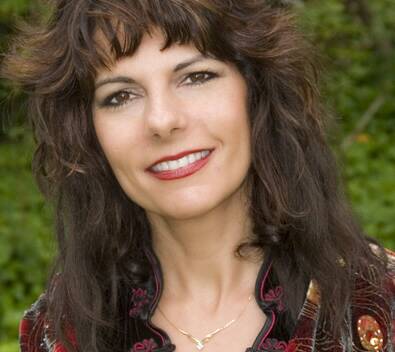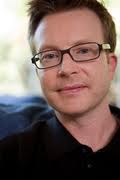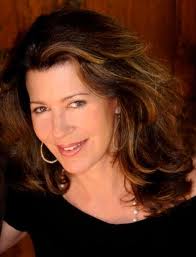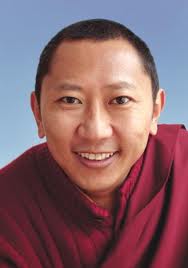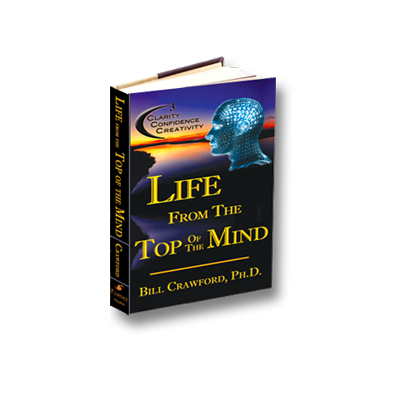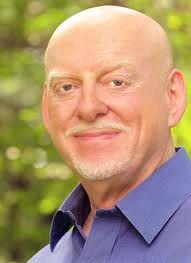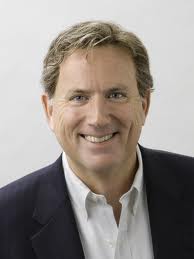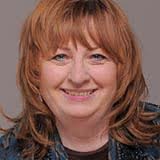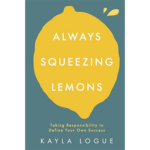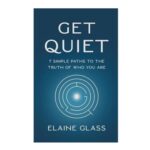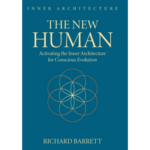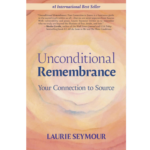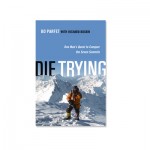 Everyone today is focused on wellness, and it is a topic that deserves a lot of focus and attention. I had the pleasure of interviewing both Dr. Matt Mumber and Heather Reed about their new book entitled “Sustainable Wellness-An Integrative Approach to Transform Your Mind, Body and Spirit.”. I must state that Matt and Heathers approaching to achieving sustainable wellness uses an integrative medicine approach which if followed properly will certainly help one achieve sustainable wellness with lasting results.
Everyone today is focused on wellness, and it is a topic that deserves a lot of focus and attention. I had the pleasure of interviewing both Dr. Matt Mumber and Heather Reed about their new book entitled “Sustainable Wellness-An Integrative Approach to Transform Your Mind, Body and Spirit.”. I must state that Matt and Heathers approaching to achieving sustainable wellness uses an integrative medicine approach which if followed properly will certainly help one achieve sustainable wellness with lasting results.
I found their analogy of using the three legged stool a great way to explain how they both approach the topic of wellness. If you can imagine a three legged stool with the seat being spirituality , and the three legs physical activity, nutrition, and stress management all feeding into our spirituality. The stool rests on awareness, which is the foundation of where all wellness begins. This provides a great visual of the integrative approach that both Matt and Heather take when working with their clients to achieve truly lasting wellness.
Achieving sustainable wellness begins with reflection and exploration. In the book you will find many opportunities where Matt and Heather provide the reader with questions for reflection and thought. They have also have created and an eight (8) steps process to follow in exploring your personal wellness RX. Those steps include mindfulness, know thyself, life review and planning, nutrition, physical activity, stress management, spirituality, bringing it all together. If you follow these steps and practice the wisdom that the authors have outlined in “Sustainable Wellness” you will most likely achieve a new level of health and vitality for yourself.
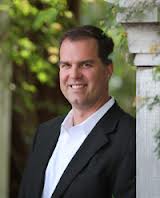 I invite you to listen to this great podcast with both Dr. Matt Mumber and Heather Reed while we explore questions for the listeners about obtaining a peak level of health, vitality and wellness. If you would like to learn more you can click here to be directed to the Sustainable Wellness website, or you can click here to watch a Youtube video interview with Matt.
I invite you to listen to this great podcast with both Dr. Matt Mumber and Heather Reed while we explore questions for the listeners about obtaining a peak level of health, vitality and wellness. If you would like to learn more you can click here to be directed to the Sustainable Wellness website, or you can click here to watch a Youtube video interview with Matt.
